Starting a Facebook Ads campaign for your clients can seem daunting, especially if you’re new to the platform. Facebook offers a powerful advertising tool that can help businesses of all sizes reach their target audience effectively. But where do you begin? This guide is designed to walk you through the process, from setting up your account to creating ads that convert.
How To Make A Facebook Ads Campaign For Your Clients
Facebook Ads have been a popular form of online marketing for some years now, and their popularity is only continuing to grow as a channel for businesses to reach potential customers. This is due in part to the flexibility afforded to advertisers on both a micro and macro level.
This beginner-friendly guide will equip you with the knowledge and confidence to launch successful Facebook Ad campaigns for your clients.
1. Understand Your Client’s Goals

Before diving into the creation of a Facebook Ads campaign, it’s crucial to understand what your client is hoping to achieve. Start by having an in-depth discussion with your client to clarify their business objectives. Are they looking to increase brand awareness, drive traffic to their website, generate leads, or boost sales? Understanding these goals will help you to make decisions during the campaign creation process. It’s also essential to set measurable objectives, such as achieving a certain number of leads or hitting a specific return on ad spend (ROAS).
2. Set Up a Facebook Business Manager Account
Facebook Business Manager is a vital tool for managing multiple clients and their respective ad accounts. If your client doesn’t already have a Business Manager account, setting one up should be your first step. This platform allows you to manage assets like ad accounts, Facebook pages, and even Instagram profiles in one centralized location.
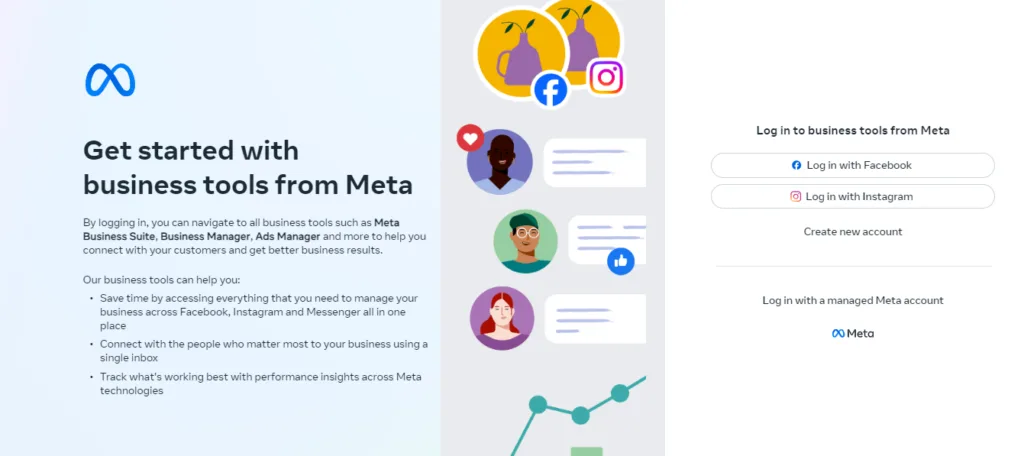
Additionally, it offers tools for setting permissions and roles, ensuring that the right people have access to the right assets without compromising security. Once the account is set up, you should add the relevant ad accounts and pages. This will streamline the process of creating, managing, and tracking campaigns.
This tool also makes it easier to collaborate with team members or external partners by assigning specific roles and permissions. For instance, you can give your clients access to view reports without allowing them to make changes which ensures full transparency while maintaining control over the campaign setup.
3. Conduct Audience Research
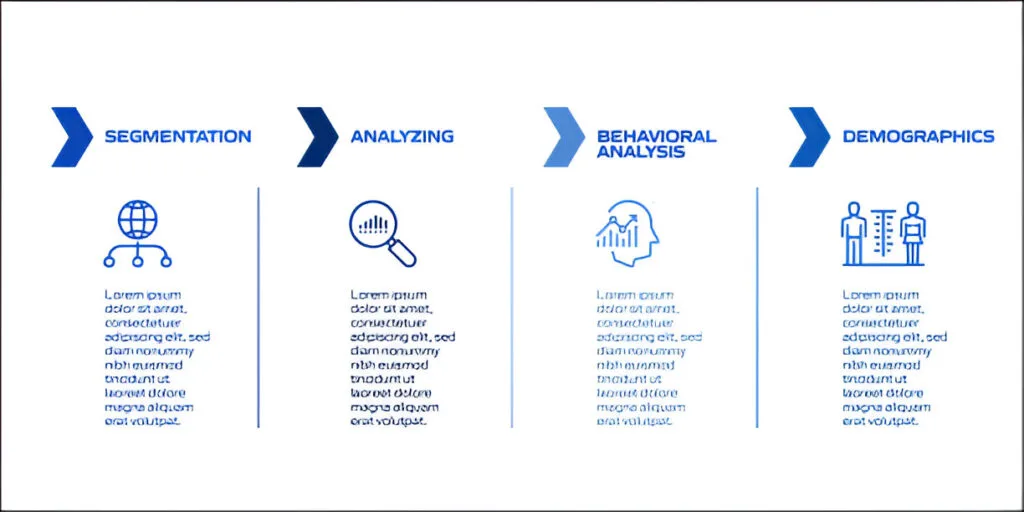
Audience research is a critical step that can make or break a Facebook Ads campaign. Facebook Audience Insights is a powerful tool that provides a wealth of data about potential customers. You can explore details about their demographics, such as age, gender, and location, but also dive deeper into their interests, purchasing behavior, and even the devices they use.
All this information helps in crafting a campaign that speaks directly to the audience’s needs and preferences, increasing the likelihood of engagement and conversion.
In addition to researching the broader audience, creating custom audiences can significantly enhance your campaign’s effectiveness. Custom audiences allow you to target people who have already interacted with your client’s brand, whether through their website, app, or customer database. These audiences are more likely to convert since they are already familiar with the brand.
4. Choose the Right Campaign Objective

Facebook Ads Manager offers a variety of campaign objectives, each tailored to different business goals. Selecting the right objective is crucial because it determines how Facebook will optimize your ads. For example, if your client’s goal is to drive traffic to their website, choosing the “Traffic” objective will prompt Facebook to show the ads to people most likely to click on the link. On the other hand, if the goal is lead generation, the “Lead Generation” objective will optimize for form submissions.
It’s important to align the campaign objective with your client’s overall business goals. The objective you choose will also influence how you measure success. Tracking important KPIs of Facebook ensures that you’re effectively measuring the success of your campaigns and making data-driven decisions to optimize performance
For instance, if you select the “Conversions” objective, your key performance indicators (KPIs) might include conversion rate and cost per conversion, whereas a “Brand Awareness” campaign would focus on metrics like reach and frequency.
Ensuring that your objectives are clear and measurable from the start will help you track performance and make data-driven adjustments throughout the campaign.
5. Create Compelling Ad Content

The content of your ads is what will ultimately capture the attention of your client’s target audience. Facebook offers various ad formats, including image ads, video ads, carousel ads, and more. Each format has its strengths, and the choice should depend on the campaign objective and the nature of the product or service being advertised.
For example, video ads are highly engaging and work well for storytelling or demonstrating a product in action, while carousel ads are ideal for showcasing multiple products or features within a single ad.
Alongside choosing the right format, crafting persuasive ad copy is essential. The copy should be concise yet compelling, clearly communicating the value proposition and encouraging the viewer to take action.
A strong call to action (CTA) is crucial—it should prompt the user to do something specific, like “Shop Now,” “Learn More,” or “Sign Up.” Additionally, visuals play a significant role in the effectiveness of your ad.
High-quality images or videos that are relevant and eye-catching can significantly increase engagement. Ensure that the visuals are aligned with the brand’s identity and message to create a cohesive and appealing ad.
6. Set Up Targeting
Targeting is one of the most powerful features of Facebook Ads, allowing you to define who sees your ads with great precision. Core Audiences enable you to target users based on location, demographics, interests, and behaviors.
For instance, if your client is a local business, you can target people within a specific radius of their location. If they sell a niche product, you can target users with specific interests or behaviors related to that product. The more refined your targeting, the more relevant your ads will be, leading to higher engagement rates.
7. Determine Budget and Schedule
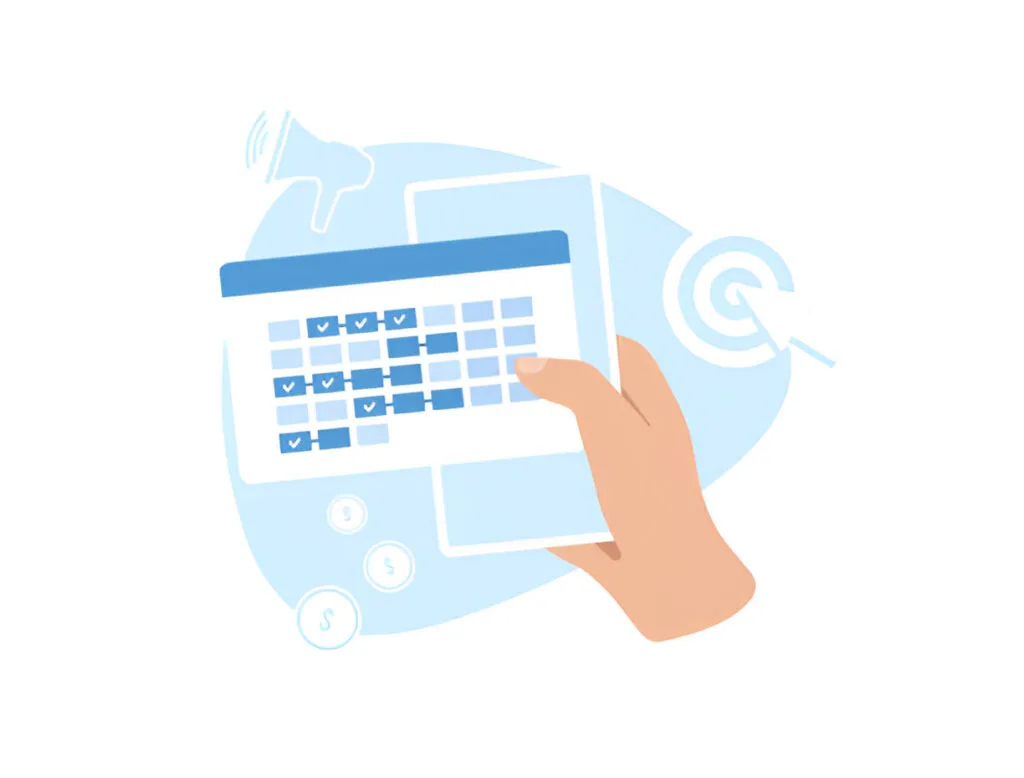
Setting a budget and schedule is a crucial step in managing your client’s Facebook Ads campaign effectively. You’ll need to decide between a daily budget and a lifetime budget.
A daily budget sets a limit on how much Facebook can spend per day, which is ideal for campaigns that need consistent daily exposure. A lifetime budget, on the other hand, allocates a total budget over the duration of the campaign, giving Facebook flexibility to spend more on high-performing days and less on others.
In addition to the budget, consider the ad schedule. If your client’s target audience is more active during specific hours or days, you can schedule the ads to run only during those times. For example, if data shows that the target audience is most active in the evenings, scheduling the ads to run during those hours can maximize visibility and engagement. By carefully managing both the budget and schedule, you can ensure that your client’s ads are seen by the right people at the right time, making the most of the available resources.
8. Monitor and Optimize the Campaign
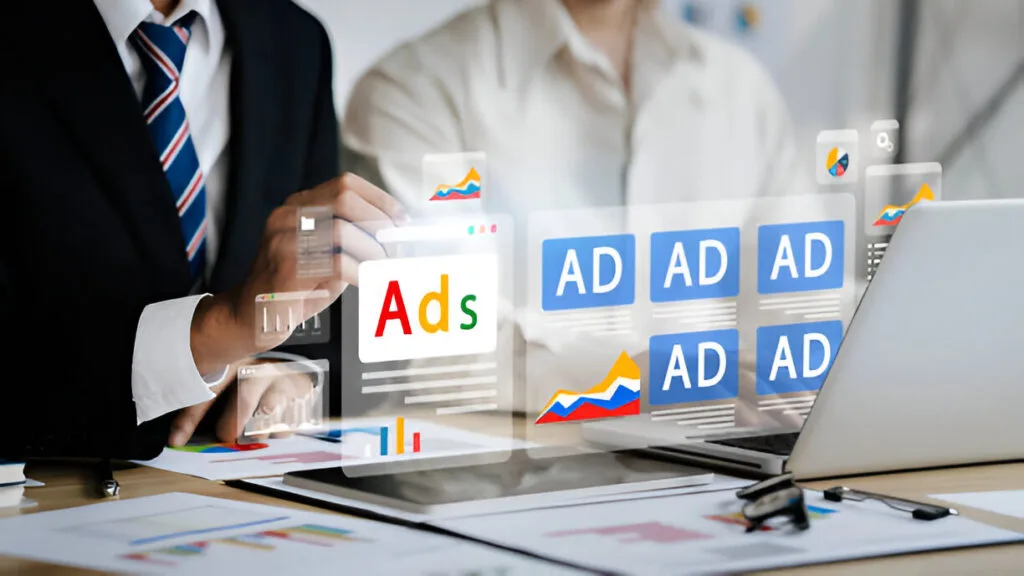
Once the campaign is live, ongoing monitoring is essential to ensure it’s performing as expected. Facebook Ads Manager provides real-time data on various metrics, such as click-through rates (CTR), conversion rates, cost per click (CPC), and return on ad spend (ROAS).
Regularly reviewing these metrics will help you identify which aspects of the campaign are working well and which need adjustment. For example, if the CTR is low, it may indicate that the ad copy or visuals aren’t resonating with the audience, prompting a need for creative tweaks.
Optimization is an ongoing process. Based on Facebook ads performance data, you might need to adjust targeting parameters, increase or decrease the budget, or test different ad creatives. A/B testing, where you run two versions of an ad to see which performs better, can be particularly useful for optimizing elements like headlines, images, or CTAs. Continuous optimization ensures that your client’s ads remain effective throughout the campaign, driving better results and ensuring that the budget is spent efficiently.
10. Test and Learn
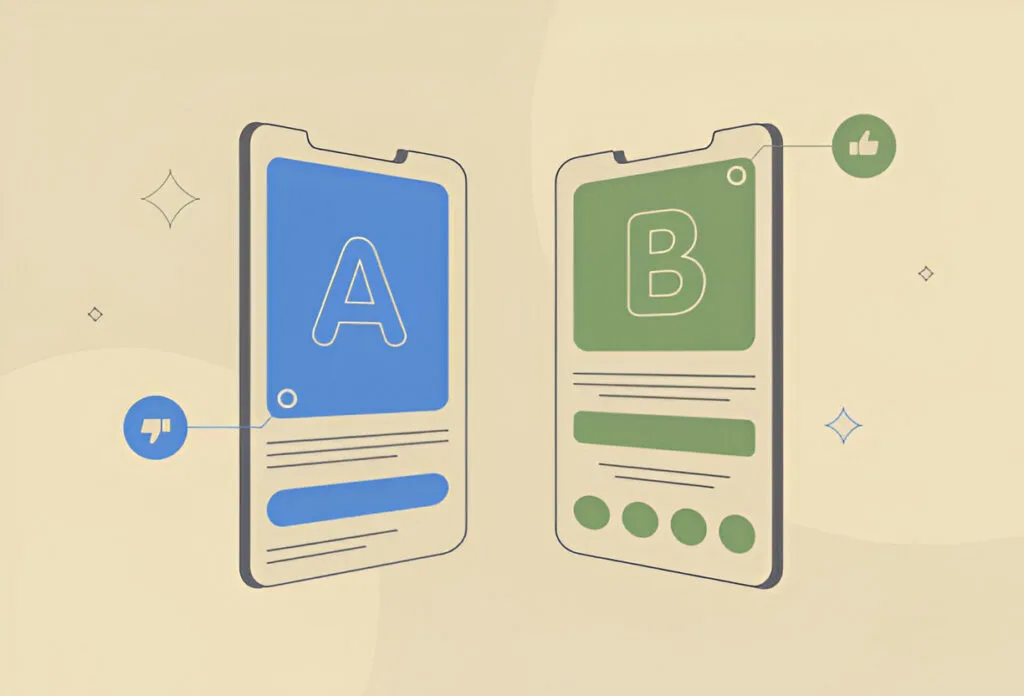
Testing is a vital component of any Facebook Ads campaign. A/B testing allows you to compare different versions of an ad to determine which one performs better. For example, you might test different headlines, images, or CTAs to see which resonates more with the target audience. The insights gained from these tests can then be applied to future campaigns, helping you refine your strategies and improve results over time.
Continuous learning is equally important. Stay updated by following industry blogs, attending webinars, and participating in forums or communities where Facebook Ads professionals share insights and experiences. By keeping your skills and knowledge up to date, you can ensure that your campaigns remain effective and that you
Final Thoughts on Creating Facebook Ads Campaign For Your Clients
It is difficult to pinpoint the perfect Facebook ad since it will always depend on what you are trying to achieve. You must be clear about your target population, define them precisely, place your ad accordingly, and then find the tone or proper means to draw attention to yourself. If you know how to make it work, Facebook ads can be a very helpful addition to your copywriting services for clients. To make the most of your campaign, follow these steps carefully.





